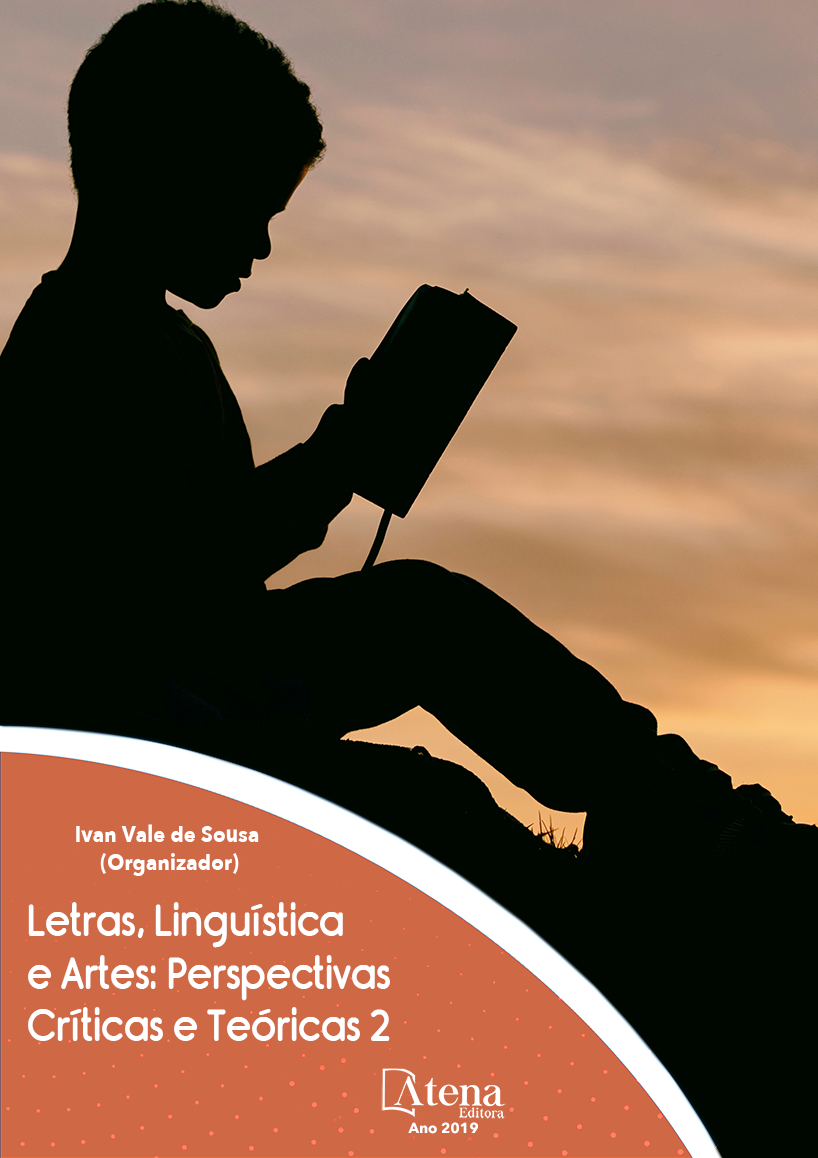
O ENSINO DE LÍNGUA ITALIANA PARA CRIANÇAS
Gabriele Pallotti, na obra La seconda
lingua (2006), explica que depois dos 12 anos
não temos mais a mesma percepção fonética,
pois é antes dessa idade que podemos aprender
e ter melhor desenvolvimento nas pronúncias
da língua estrangeira. Aproveitando essa
facilidade que as crianças têm de aprender uma
língua estrangeira é que o projeto de extensão
Italiano per Bambini, desenvolvido por docentes
e discentes do curso de Letras da Unioeste, se
calca. O objetivo deste trabalho é relatar algumas
experiências vividas durante o projeto, que é um
curso de língua italiana voltado à comunidade e
destinado ao público infantil, fundamentando a
prática em estudos sobre a didática e o ensino
de italiano como língua estrangeira, conforme
as teorias de Caon e Rutka (sem data), Pallotti
(2006), Mezzadri (2003), entre outros. As aulas,
que são ministradas por acadêmicos e egressos
do curso de Letras Português/Italiano para
crianças da comunidade de Cascavel e região,
têm como base a ludicidade, uma vez que, a
brincadeira é uma forma de assimilar o real, é
um instrumento de interação social e fator de
desenvolvimento e amadurecimento. Nesse
sentido, as experiências demonstram que, por
meio de jogos e brincadeiras, a aprendizagem
se concretiza.
O ENSINO DE LÍNGUA ITALIANA PARA CRIANÇAS
-
DOI: 10.22533/at.ed.78119050610
-
Palavras-chave: Ludicidade; Língua Italiana; Educação Infantil.
-
Keywords: Playful; Italian Language; Early Childhood Education.
-
Abstract:
Gabriele Pallotti, in his work La
seconda lingua (2006), explains that after
the 12-years-old we do not have the same
phonetical perception, because is before
this age that we can learn and have a better
development in the pronunciation of a foreign
language. Based on this facility that the
children have on learning a foreign language
that the outreach project Italiano per Bambini,
developed by professors and students of the
Undergraduate Program Italian Languages
and Literature, is founded. The objective of
this work is to relate some experiences lived
during the project, that is an Italian Language
course directed to the community and aimed to
the children, substantiating the practice of the
studies on didactics and the studies on Italian
Language as a foreign language, as the theories of Caon and Rutka (no date), Pallotti
(2006), Mezzadri (2003), and others. The lessons, taught by students and ex-students
of the Italian Languages and Literature Undergraduate Program, for children are based
on the playful method, as the child’s play is a form of assimilation of the reality, an
instrument of social interaction e a development factor and growth. In this respect, the
experiences show, that by the plays and games, the learning realizes itself.
-
Número de páginas: 15
- Gabriel Bonatto Roani
- Wânia Cristiane Beloni
- Alessandra Camila Santi Guarda


